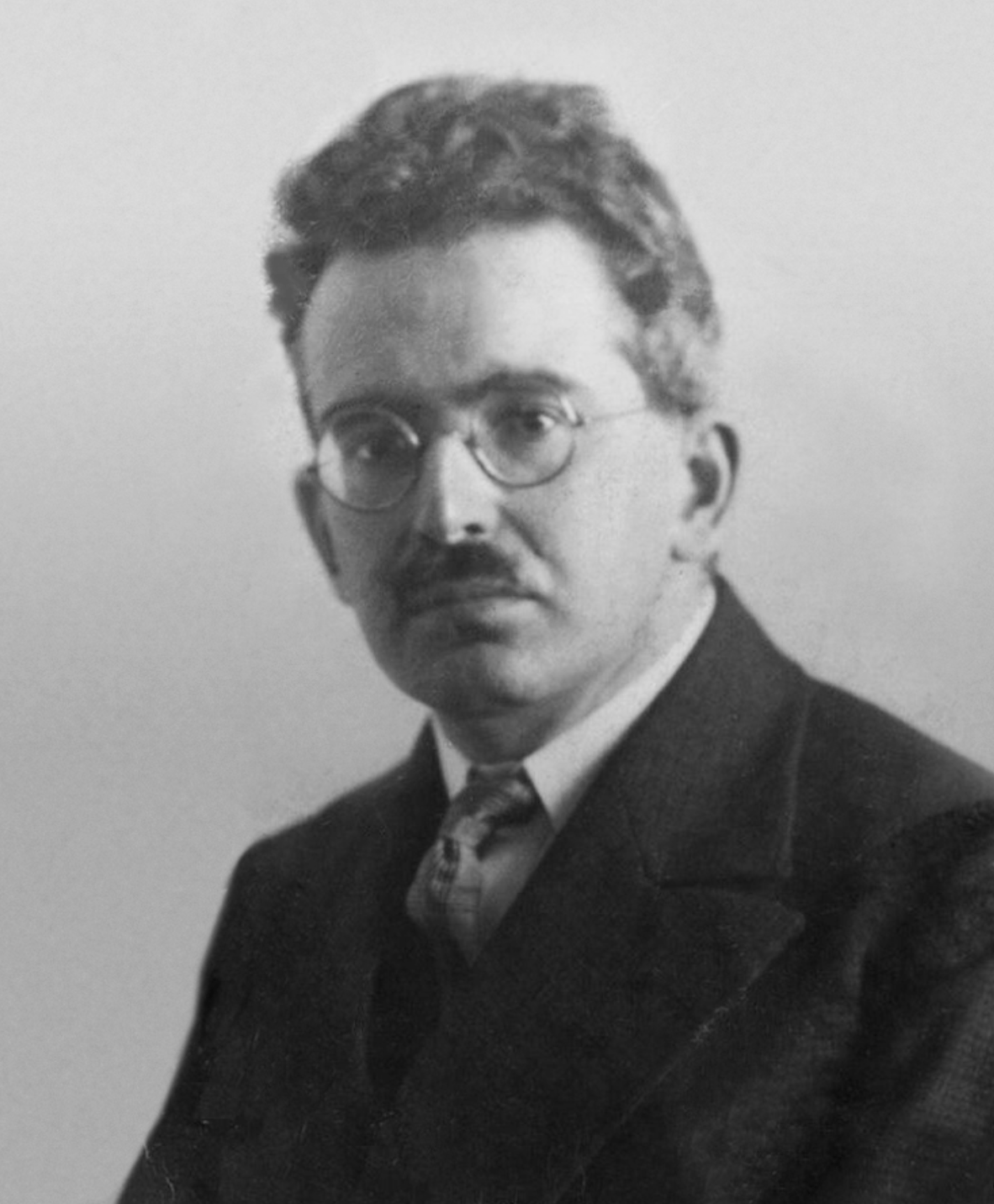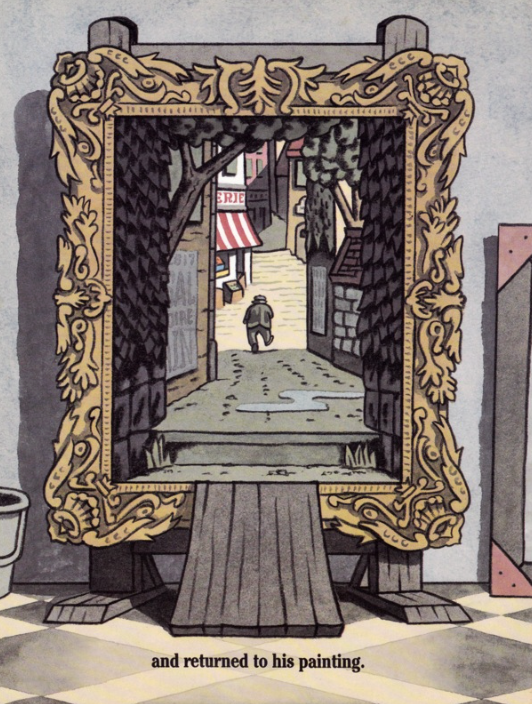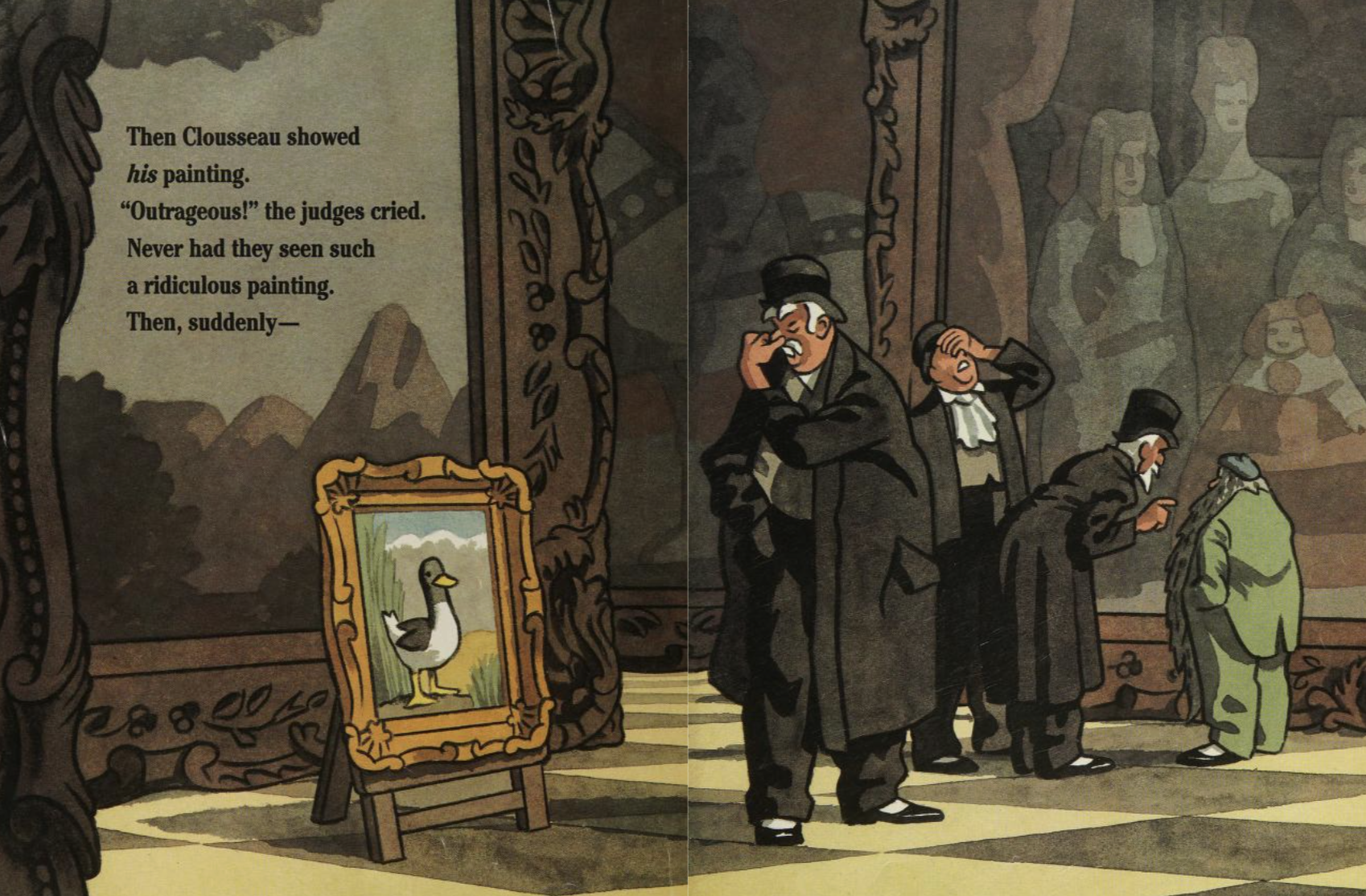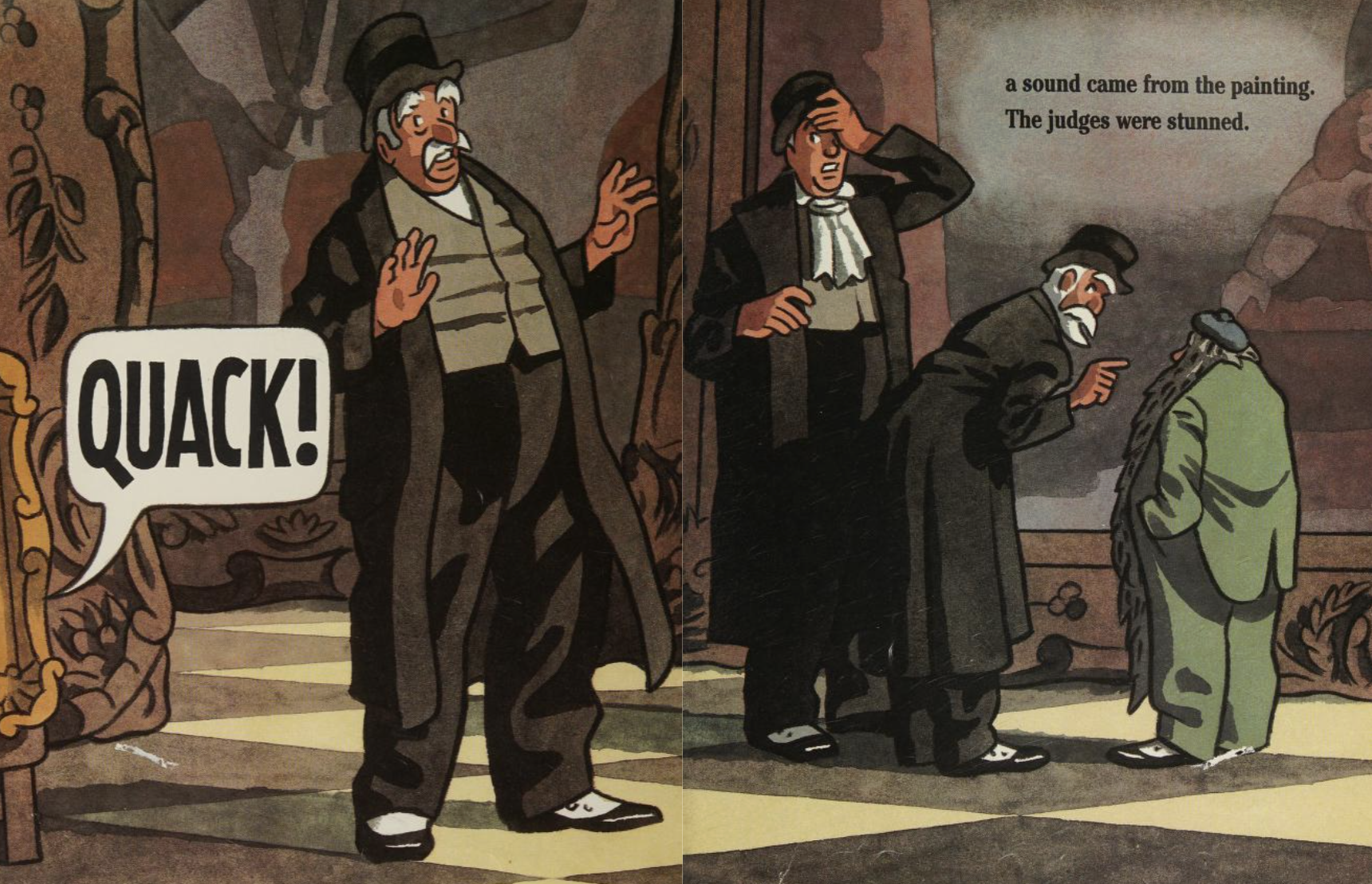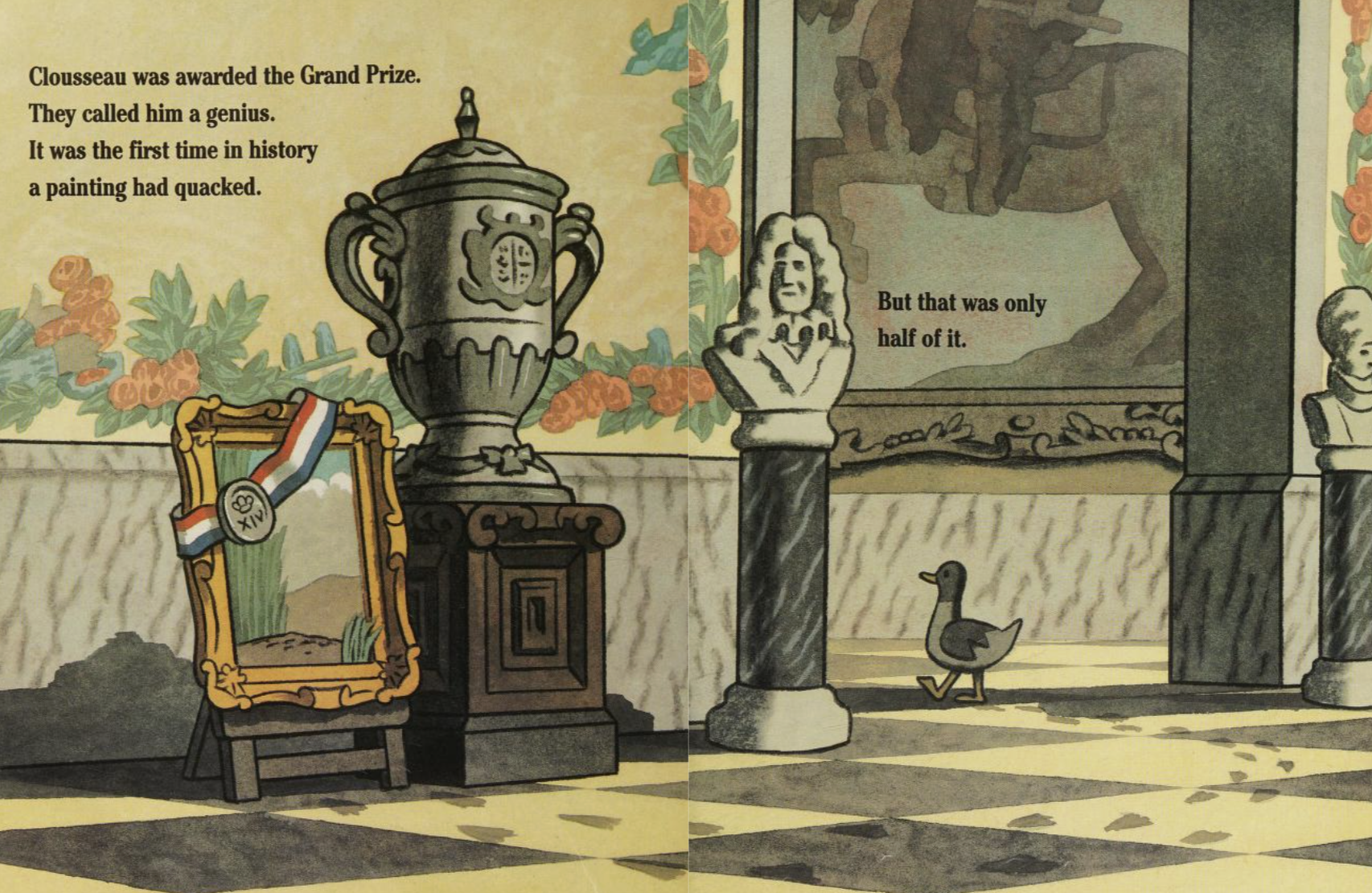(with follow-up commentary, below)
The luminous German-Jewish intellectual, writer, and critic Walter Benjamin (1892-1940) wrote his dissertation on romantic conceptions of art, and created, across the arc of his brilliant and too-short life, an astonishing textual record of his own aesthetic sensitivity — and analytic rigor. Was he an active associate of the Avis Tertia? There has been a good deal of informal speculation on this matter over the years. That he moved in “Birdish” circles in Paris in the late 1930s is beyond question, and in her compelling article on the Order of the Third Bird and Surrealism (“The Kittiwake Dossier: Object-Oriented Aggregation and Foundational Efforts of the Order among the Parisian Surrealists, 1932–1941,” Proceedings of ESTAR(SER) New Series vi, Vol. 6 [2015] : 17–35, and reproduced as chapter 13 of Burnett, Hansen, Smith, eds., In Search of the Third Bird [London: Strange Attractor & MIT, 2021]), Joanna Fiduccia considers whether Benjamin’s notion of the “Profane Illumination” might properly apply to the ecstatic forms of metempsychotic transport at the heart of Birdish practices.
Recent correspondence from Berlin has nudged this issue again to the fore:
This past week I was re-reading Benjamin’s affecting Berliner Kindheit um neunzehnhundert (“Berlin Childhood around 1900”), and came across the following passage, which struck me with new force:
The story comes from China, and tells of an old painter who invited friends to see his newest picture. This picture showed a park and a narrow footpath that ran along a stream and through a grove of trees, culminating at the door of a little cottage in the background. When the painter’s friends, however, looked around for the painter, they saw that he was gone — that he was in the picture. There, he followed the little path that led to the door, paused before it quite still, turned, smiled, and disappeared through the narrow opening.
Benjamin goes on to position this charming tale of painterly magic in relation to his own youthful transports as a lover of Chinese ceramics (and painting):
In the same way, I too, when occupied with my paintpots and brushes, would be suddenly displaced into the picture. I would resemble the porcelain which I had entered in a cloud of colors.
It seems impossible NOT to read this as a powerful invocation of the metempsychotic potency of certain kinds of aesthetic reverie. I notice, further, that the German-Korean philosopher Byung-Chul Han has recently signaled this very passage in his Vita Contemplativa, juxtaposing it with a short passage from the Gesammelte Schriften (Vol. VI, p. 194) where Benjamin invokes the “mastery of mimesis in the form of adaptive metamorphosis.” For Han, the “magic smile” in the cited story of the Chinese painting is, for Benjamin (and for us), an indicator of “mimetic openness” and indicates a willingness to “make oneself similar to the on at which it is directed.”
It seems to me that, properly read, this section of Benjamin’s recollections can be understood to bear on the larger issue of his putative association with the Avis Tertia.
But perhaps it is even more interesting to consider the place of that smile in Birdish activities more generally? A quick perusal of several issues of the Proceedings surfaces a number of instances of archival invocations of somewhat mysterious smiles in the context of various Bird activities (perhaps none more mysterious than the line in the seventh canto of the poem “The Urn” [Weng 瓮], by the twentieth-century Chinese poet, and associate of the Order, Xu Zhimo [徐志摩], “A smile must miss its corner to find its crease…”).
More work is surely needed on this aspect of Birdish affect. Might the classic exhortation in the Practice — “Temporary metempsychosis may occur, but must not become permanent” — want rethinking in the context of the “magic smile?”
-Zibel Frette, Berlin
Much for further reflection here. We would only note that the “The Urn” can be found reproduced, and translated, in: The Sevens Working Group, “The Fitzwilliam Schism: Practical Criticism and Practical Aesthesis in Britain and Beyond, 1925–1975,” Proceedings of ESTAR(SER) New Series v, Vol. 4 (2013) : 90–110.
AND A FOLLOW-UP NOTE ON THE ABOVE
“The Quack Heard Around the World”
No sooner had we “posted” the correspondence above than we received a follow-up note from another longstanding ESTAR(SER) scholar. We reproduce it here in full:
To the editors:
I was happy to read Zibel Frette’s recent note on magical paintings — and magical painters. But could I ask that you publish my brief comment? The “Chinese” story invoked by Benjamin is, whether he knew it or not, an oft-repeated commonplace and can be found in numerous forms in diverse cultural traditions. The “painting that comes to life,” the “painter that enters his painting” — these are touchstones across the many folk traditions that press (nervously) on the potency of mimetic gestures.
This is particularly on my mind at the present moment, in that I am preparing a submission to the Proceedings that will look closely at the “Birdish” entanglements of a winsome children’s story published in 1988 by the author/illustrator Jon Agee. I am referring to The Incredible Painting of Felix Clousseau. The book tells the tale of the titular bohemian (and under-appreciated) artist who eventually becomes the toast of Paris for his canvases, which are endowed with seemingly magical powers — in that they can “come to life.” This is initially celebrated as a wonder, but eventually leads (sorcerer’s-apprentice-style) to calamity.
It will be of interest to the readers of the Communiqués that, in the wake of the chaos, Felix Clousseau escapes into one of his own paintings:
So far, so charming. But what stands out for the student of the Avis Tertia in this lovely book is that CLOUSSEAU’S “BREAKOUT” PAINTING DEPICTS A BIRD…
…WHICH SINGS OUT FROM THE CANVAS IN THE COURSE OF A COMPETITIVE EXHIBITION:
The result is instant acclaim — though a “can of worms” has also been opened…
I will not, here, attempt to summarize my forthcoming study of this book in relation to the history of the Order, as the material is too intricate to résumé concisely. However, readers conversant with the wider historiography of ESTAR(SER) will readily recognize the ways that the Incredible Painting of Felix Clousseau can be read as a remarkable inversion of the constitutive origin-story of the Birds themselves — to wit, the Plinian account of Zeuxis and the birds that come to peck at the painting of the child carrying grapes. In that story, of course, real birds come to the “lure” of the simulacral image. In the tale of Felix Clousseau, real birds come OUT of the simulacral image, and they and their conjured kin wreak havoc. Here we have a very different kind of “image trouble” — a double-effect, in which, read properly, the “real” bird can be seen to enter a “second” image (that of the illustrated book itself). We might call this an instance of “mimetic exacerbation” (as theorized by Hal Foster).
Is Jon Agee associated with the Avis Tertia? And should his bright little story be read as an actual allegory of metempsychotic transport? I address these questions in my (forthcoming) study, which I appreciate your announcing to your readers.
-Molly Gottstauk, Agawam, Oklahoma

